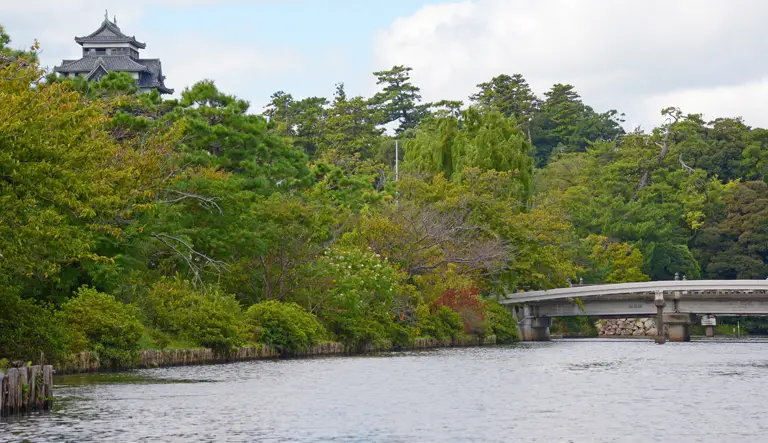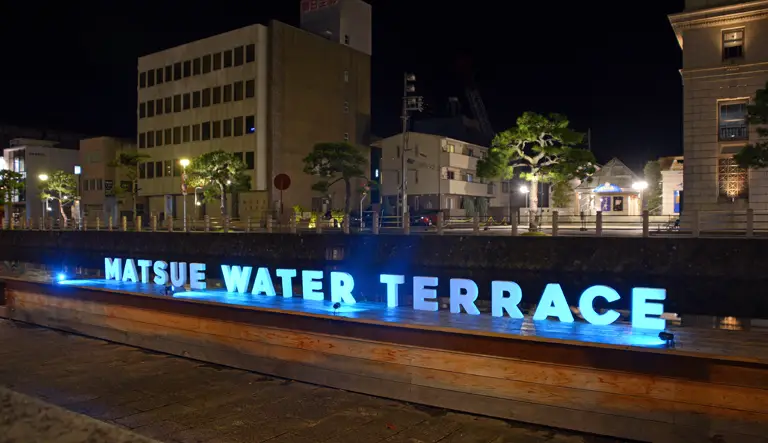
Matsue magic
SHIMANE, Japan — Tokyo continues to dominate as the premier destination in Japan for international visitors, with over 50 per cent of them in 2024, according to Statista.com. The website further points out that only 0.2 per cent of international travellers make it to Shimane Prefecture, making it a vacation stop for those wanting a bit more of unseen Japan in their visit.
Located roughly 600 kilometres west of Tokyo, Matsue is the capital city of Shimane Prefecture. With a current population of just under 200,000, it is home to one of Japan’s rarest attractions, an original feudal castle. Only 12 of these amazing historic structures remain in this form, and Matsue Castle’s value is further enhanced by the fact that it has been designated a national treasure in 2015, an honour bestowed only on four other castles.
The city itself evolved from the impressive structure. Construction of the Tokugawa-era castle began in 1607 by feudal lord Horio Yoshiharu. Five years later it was completed. The castle is just a part of a greater fortification plan of the surrounding area. Roads and an extensive moat network were all designed to impede the enemy.

The Horikawa sightseeing boat tour is the perfect companion to the castle tour, taking guests
around the extensive moat network originally created to protect Matsue Castle.
Unfortunately, as Japan experienced massive modernization during the Meiji era, several sections of the castle building were demolished. What remains is the castle keep, and several connected pieces. This originality is what maintains its historical significance, leaving it the second-largest, the third-tallest, and sixth-oldest of its peers.
The complex structure sits on a hill overlooking the city, its purpose now a more peaceful one. Even before tourists enter the long gone gates, its imposing nature can be felt as it towers over the surrounding trees.
A tour of Matsue Castle easily meets visitors’ expectations. Beyond picturesque, the keep brings sights, sounds, and smells with it. Shoes are not allowed inside, thus the soft shuffle of feet reverbs on the primarily wood constructed interior, wood that has kept its scent over the centuries. Built to provide cover from sieges, the narrow gun and bow slots severely control the flow of light throughout each of the six floors creating further sensory drama.

Matsue leans into its heritage as a former castle town, connecting its past with its current modern environment.
After the castle tour, the accompanying side quest is perfection, a ride in a Horikawa sightseeing boat. This 40-minute ride takes full advantage of the sizable moat network built for the castle that now marks a recognizable piece of the Matsue landscape. Things get very interactive as with several low bridges on the way, the roofs of the tour boats are lowered, requiring passengers to occasionally lay down flat.
The combination of the castle and boat tour are very relaxed activities as they feel to be seamlessly integrated into the flow of the city.




















